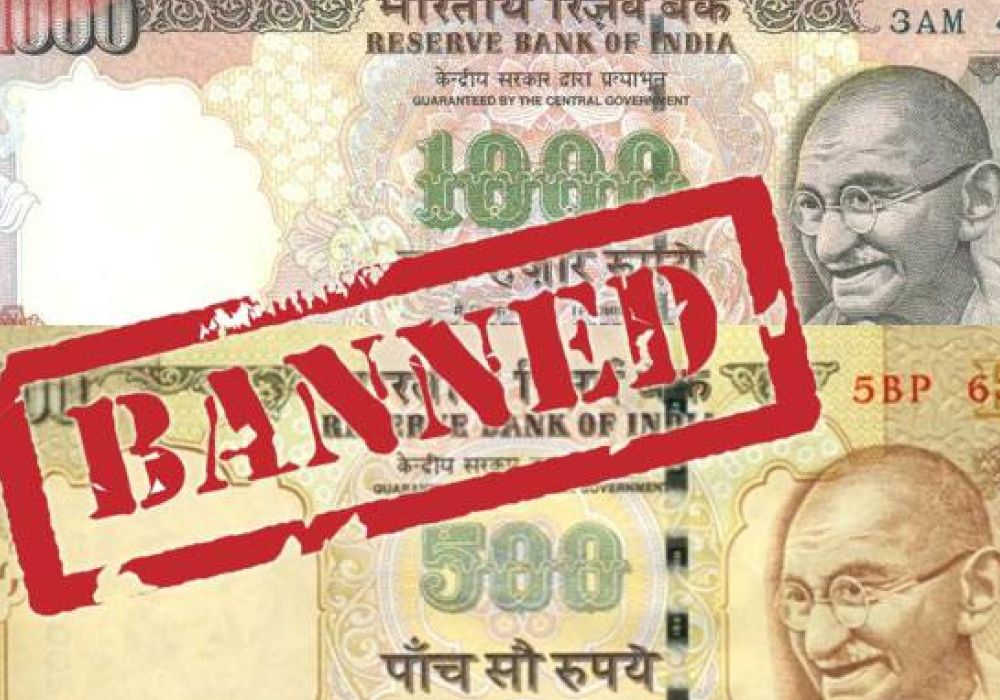


Many described demonetisation as a ‘surgical strike on corruption’. Others tried to justify it as a soft nudge from Prime minister Modi towards a digital economy vis-a-vis ‘Digital India’.
“To break the grip of corruption and black money, we have decided that the five hundred rupee and thousand rupee currency notes presently in use will no longer be legal tender from midnight tonight, that is November 8, 2016.” These words by the current PM shook the entire nation. In less than an hour, hordes of people started flocking around to dispense with the soon-to-be illegal tender. Early the next morning, lines as long as the naked eye could see were seen outside banks to deposit stacks of notes.
One of the reasons given was to get rid of the high denomination fake currency printed overseas in neighbouring countries such as Pakistan. Though demonetisation temporarily tackled the problem, seizure of fake currency has increased since 2017. As per National Crime Records Bureau data, high quality fake currency seized in 2020 was more than Rs. 92.17 crore, compared to ₹25.39 crore in 2019, ₹17.95 crore in 2018, ₹28.10 crore in 2017 and ₹15.92 crore in 2016, the year of demonetisation.
What is demonetisation?
Demonetisation is an act of stripping a currency of its status as a legal mode of payment.
When is it applied?
Demonetisation is carried out when there is a change of national currency, and the current form of currency needs to be pulled out from circulation, to be replaced by newly produced notes or coins. Sometimes, countries completely replace existing currencies with a new one.
Is it easy to apply the process?
Demonetisation is a drastic intervention because it directly affects the medium of exchange in all economic transactions. It can either help in stabilising existing problems or can cause havoc in an economy. For instance, demonetisation has been used to stabilise the value of the currency as was observed in the case of the coinage act of 1873, which demonetised silver as a legal tender of the United States, in favour of fully adopting the gold standard to manage inflation. But the withdrawal of silver from the economy caused a recession throughout the country. So in 1878, in response to the continued recession and political pressure from silver miners and refiners, the Bland-Allison act remonetised silver as a legal tender.
Similarly, the cash-dependent Indian economy went topsy-turvy when Indian Prime Minister Narendra Modi on November 8, 2016 announced that Rupees 500 and 1000 notes were worthless and that people had until the end of the year to deposit or exchange notes.
This led to long queues outside banks and ATMs. Small businesses and households struggled to find cash and the rupee fell sharply against the dollar.
When does a country resort to demonetisation?
Demonetisation has been used by countries to stabilise their currency and fight inflation. It has been used as a tool to modernise a cash-dependent developing economy with the use of digital currency and combat crime, corruption, counterfeiting of currency and tax evasion.
What are the good aspects of demonetisation?
The dark side of demonetisation
However, most Indians considered it a service to the nation and patiently supported the move by the government to eliminate black money.